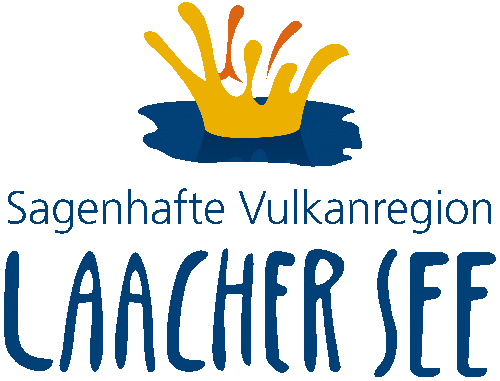Klosterfischerei
Maria Laach
Ansgar Hehenkamp is a trained river and lake fisherman.
After his apprenticeship in Berlin from 1994 to 1996, he traveled almost all of Germany to further his professional education.
Since 2002 he has been working in Koblenz as a state fisheries supervisor.
In autumn 2007 he was able to fulfill his lifelong dream of having his own lake and since then has been managing the Lacher See as a leased lake with his team.
With over 330 hectares, the Laacher See is the largest Eifelmaar.
Its depths, which reach over 50 meters, seem unfathomable.
Secret forests on its banks and the impressive backdrop of the Maria Laach monastery make a visit an unforgettable experience in every season.
Rare bird species are regular guests and fish of exquisite quality cavort in the clear water of the lake.
Today being a fisherman means doing full-time water protection.
The focus is on the care and maintenance of the economically attractive fish stocks but also of the threatened small fish species in our waters.
Knowledge of the relationships in the lake and a love of nature are essential.
Only the careful management of the given resources can sustainably enable the fisherman what defines his existence: A life in, with and from nature!
The long tradition of lake fishing on the Laacher See, which was established in an exemplary manner by the Benedictine monks over the centuries, is continued today in an almost unchanged manner in the 21st century.
The methods are the same, only the materials and equipment are more modern today.
Balanced stocking of young fish if necessary, targeted use of fish that can be caught if possible.
There is no additional feeding. Every fish caught in the Laacher See is a purely natural product. You can see that and you can taste it.
The most important thing when fishing is uncompromising quality management from the moment you catch it.
A modern fishery therefore requires one thing above all: ICE!
Once stored in ice on the lake, the fish never loses its freshness or quality. More dedication that is noticeable on your plate ... When refining the catch, the Maria Laach monastery fishery relies on tradition.
Our fish are smoked over a beech wood fire. This is how the unique smoke aroma is created, which makes the whitefish from Lake Laacher See a much sought-after delicacy.
The eel from the Laacher See is also famous for its quality far beyond the borders of the Eifel.
Day ticket prices (each including boat and VAT):
1 person € 25 / day
2 people € 45 per day
From 3 days € 20 .- / day and person
Day ticket including whitefish € 30, catch limit 5 pieces, minimum size 30cm
Available by appointment directly from Ansgar Hehenkamp (contact).
Further information is available from Mr. Hehenkamp on the telephone number: 0170 - 5275773













